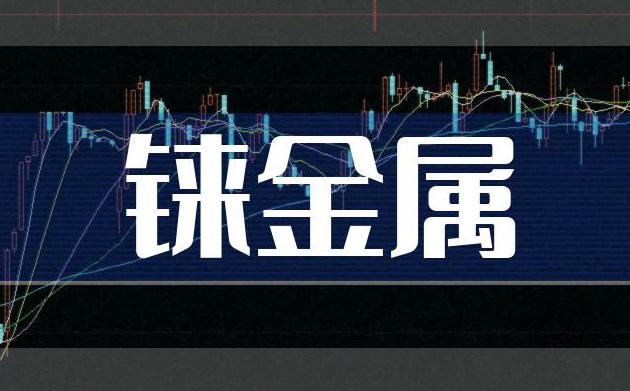Distribution of Rhenium Resources
Rhenium is a rare and scattered metal, with a content of 10^(-7)% in the Earth’s crust. It is often found in trace amounts associated with minerals such as molybdenum, copper, lead, zinc, platinum, tantalum, niobium, and rare earths, making it difficult to utilize independently. The economically valuable raw materials for extracting rhenium are molybdenite and copper concentrate, with molybdenite being the primary source. Generally, the rhenium content in molybdenite concentrate ranges from 0.001% to 0.031%, but molybdenite concentrate selected from porphyry copper ore can contain up to 0.16% rhenium. In 2006, Russia announced that experts from the Russian State Research Institute for Non-Ferrous Metals had discovered abundant reserves of pure rhenium ore on Iturup Island in the South Kuril Islands, which is the first pure rhenium ore deposit discovered in the world to date.
Types of Rhenium Deposits
The important types of rhenium-bearing deposits include: ① porphyry copper and porphyry molybdenum deposits; ②hydrothermal uranium-molybdenum deposits;③ molybdenum-vanadium-bearing copper shale and sulfur-siliceous shale deposits. Rhenium is mainly associated with porphyry copper (molybdenum) deposits and porphyry molybdenum deposits; it is also found in sandstone copper deposits (such as the Dzhezkazgan sandstone copper deposit in Kazakhstan) and sandstone uranium deposits (such as the uranium (scandium)-bearing sandstone deposit on the Colorado Plateau in the United States). Currently, rhenium is mainly extracted from molybdenum concentrate.
Global Rhenium Reserve Situation
Global rhenium resources are mainly distributed in the Americas and Europe. According to data released by the United States Geological Survey in 2015, the global proven reserves of rhenium are approximately 1,100 tons, with the United States accounting for about 500 tons and other countries accounting for 600 tons. The total global rhenium resource is estimated to be about 2,500 tons, with Chile having the most abundant reserves at 1,300 tons, followed by the United States (390 tons), Russia (310 tons), Kazakhstan (190 tons), Armenia (95 tons), Peru (45 tons), and Canada (32 tons). The combined reserves of rhenium in other countries worldwide are approximately 91 tons.
Rhenium Production
According to data released by the United States Geological Survey in 2015, global rhenium production in 2014 was approximately 48.8 tons, slightly down from 48.9 tons in 2013. Chile is the largest producer of rhenium, with a production of 26 tons in 2014, accounting for about 53% of global production. It is followed by the United States (7.9 tons), Poland (7.6 tons), Uzbekistan (5.0 tons), and Armenia (0.3 tons). The United States is the largest consumer of rhenium globally, with Chile and Poland being the main suppliers of rhenium metal to the United States.
Distribution and Production of Rhenium Resources in China
As of 2003, China’s proven reserves of rhenium resources were 237 tons, with 11 rhenium mines distributed across Shaanxi (44.3% of the country’s rhenium reserves), Heilongjiang (31.6%), Henan (12.7%), and nine other provinces including Hunan, Hubei, Liaoning, Guangdong, Guizhou, and Jiangsu. Nearly all of China’s rhenium resources are associated with molybdenum deposits, mainly distributed in deposits such as the Jinduicheng Molybdenum Mine in Shaanxi, the Luanchuan Molybdenum Mine in Henan, the Daheishan Molybdenum Mine in Jilin, and the Duobaoshan Copper (molybdenum) mine in Heilongjiang. The reserves of rhenium in these deposits account for about 90% of the country’s total rhenium reserves.


